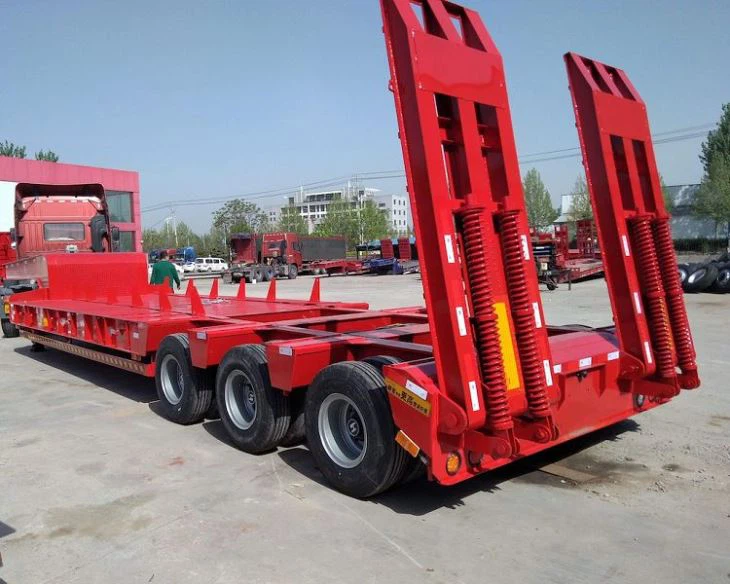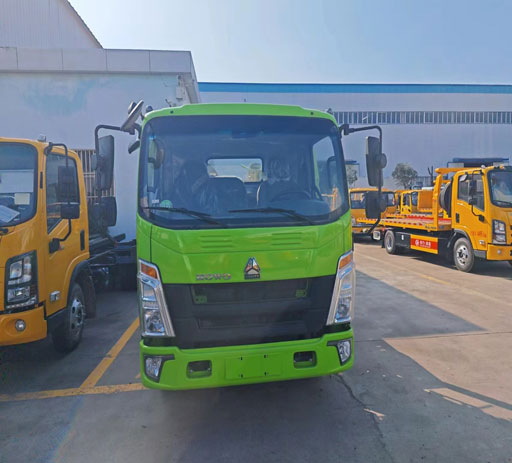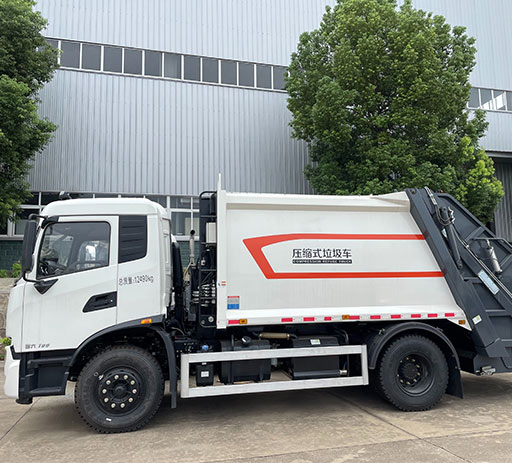Mammoth Trucks: The Ultimate Guide to Heavy-Duty Performance

Introduction
Mammoth trucks represent the pinnacle of heavy-duty vehicles designed to handle the toughest jobs while providing reliability and performance. These trucks are engineered to tackle the challenges of off-road terrains, construction sites, and other demanding applications. In this comprehensive guide, we will explore various aspects of mammoth trucks, including their features, models, uses, and maintenance tips. Whether you are a potential buyer, a truck enthusiast, or an industry professional, this article will equip you with the knowledge needed to make informed decisions and maximize the utility of mammoth trucks.
What Are Mammoth Trucks?
Mammoth trucks are robust vehicles specifically designed for heavy-duty work. They are characterized by their powerful engines, large tires, and durable construction, allowing them to carry substantial loads and navigate challenging terrains. These trucks are commonly found in industries such as construction, mining, logging, and emergency services.
Key Features of Mammoth Trucks
- Enhanced Towing Capacity: Mammoth trucks are built to tow heavy trailers and equipment with ease.
- All-Terrain Capability: Equipped with rugged tires and advanced suspension systems, they can navigate through mud, snow, and rocky paths.
- Durable Construction: These trucks are made with high-strength materials to withstand harsh working environments.
- Powerful Engines: Mammoth trucks typically feature turbocharged diesel engines that provide high torque for superior performance.
Popular Mammoth Truck Models
Numerous manufacturers produce mammoth trucks, each offering distinct models with unique features. Below are some of the leading brands and their popular models:
| Brand | Model | Engine Power (HP) | Towing Capacity (lbs) |
|---|---|---|---|
| Ford | F-450 Super Duty | 475 | 37,000 |
| Ram | 2500 Heavy Duty | 410 | 19,680 |
| Chevrolet | Silverado 3500HD | 445 | 36,000 |
| GMC | Sierra 3500HD | 445 | 36,000 |
| Ram | 3500 Heavy Duty | 450 | 37,100 |
Common Applications of Mammoth Trucks
Mammoth trucks are versatile and can be used in a variety of scenarios. Here are some common applications:
1. Construction Sites
On construction sites, mammoth trucks are essential for transporting heavy machinery, bulk materials, and supplies. Their ability to haul substantial loads makes them invaluable for heavy-duty tasks.
2. Mining Operations

In the mining industry, these trucks are utilized to transport ores, equipment, and workers across rugged terrain. Their strong build and off-road capabilities make them perfect for harsh environments.
3. Logging Industry
Mammoth trucks are essential for transporting logs and timber from remote locations. Their robust frames and high towing capacities allow them to handle significant payloads.
4. Emergency Services
These trucks are often used by emergency services, including fire departments and rescue teams, due to their reliability and ruggedness under extreme conditions.
5. Agricultural Use
In agriculture, mammoth trucks transport heavy equipment, livestock, and supplies across large farms, ensuring efficient operations.
Choosing the Right Mammoth Truck
When selecting a mammoth truck, consider the following factors:
1. Towing and Payload Capacity
Determine the weight you need to tow and the payload capacity of the truck to ensure it meets your requirements.
2. Engine Performance
Look for trucks with powerful engines that provide high torque, which is crucial for heavy-duty tasks.
3. Off-Road Capability
If you require a truck for off-road work, ensure it has the proper tires, suspension systems, and ground clearance to handle rough terrains.
4. Comfort and Technology
Consider trucks with comfortable interiors and advanced technology features, such as navigation systems and driver-assistance technology, which can enhance safety and ease of use.
5. Budget
Establish a budget before you begin your search. Mammoth trucks come in various price ranges, so knowing your budget can help narrow down your options.
Maintenance Tips for Mammoth Trucks
To keep a mammoth truck running at its peak performance, regular maintenance is essential. Here are some practical maintenance tips:
1. Regular Oil Changes
Change the engine oil and filters regularly to ensure the engine runs smoothly and efficiently.
2. Tire Maintenance
Inspect and maintain tires regularly. Check for proper inflation, tread depth, and signs of wear to ensure safety and performance.
3. Brake Checks
Regularly inspect the brake system for any wear and tear. Replace brake pads and discs as necessary to maintain safe braking performance.
4. Engine Cooling System
Monitor the coolant levels and check the radiator for leaks. Keeping the cooling system in good condition prevents overheating.
5. Battery Care
Keep the battery terminals clean and ensure a secure connection. Checking the battery’s charge regularly can prevent unexpected breakdowns.
Understanding the Costs Involved in Owning a Mammoth Truck
Owning a mammoth truck entails several costs beyond the purchase price. Understanding these costs can help budget effectively:
1. Purchase Price
The initial cost of a mammoth truck varies significantly based on the brand, model, and features.
2. Insurance
Insurance premiums for heavy-duty trucks can be higher due to the increased risk of accidents and equipment damage. It’s essential to shop around for the best rates.

3. Maintenance and Repairs
Regular maintenance and unexpected repairs contribute to the overall cost of ownership. Budget for routine services and potential repairs.
4. Fuel Costs
Mammoth trucks typically consume more fuel due to their size and power. Estimate monthly fuel costs based on local fuel prices and average fuel efficiency.
5. Licensing and Registration Fees
Ensure you account for licensing and registration fees, which vary by location and can add to your overall expenses.
Future Trends in Mammoth Truck Design and Technology
As the automotive industry evolves, mammoth trucks are also undergoing advancements in design and technology. Here are some trends to watch for:
1. Electric Mammoth Trucks
The shift towards electric vehicles is impacting mammoth trucks as manufacturers begin to explore electric alternatives for heavy-duty applications.
2. Enhanced Safety Features
Modern mammoth trucks are increasingly equipped with advanced safety features, including automatic emergency braking systems and adaptive cruise control.
3. Improved Fuel Efficiency
Innovations in engine technology and aerodynamics are focusing on improving fuel efficiency, making mammoth trucks more cost-effective to operate.
4. Connected Vehicle Technology
The integration of IoT technology is enabling better fleet management and real-time diagnostics, enhancing performance and reducing downtime.
FAQ Section
1. What is the average lifespan of a mammoth truck?
With proper maintenance, mammoth trucks can last anywhere from 10 to 20 years, depending on usage and care.
2. Are mammoth trucks suitable for personal use?
While they are primarily designed for commercial and heavy-duty applications, some individuals purchase mammoth trucks for personal use, especially for towing and outdoor activities.
3. Can I finance a mammoth truck purchase?
Yes, many dealerships and financial institutions offer financing options for purchasing mammoth trucks, making them more accessible.
4. How do I choose the right mammoth truck for my business?
Consider your specific needs, such as towing capacity, payload requirements, and the nature of the work, when selecting a mammoth truck.
5. What should I include in my maintenance schedule?
Your maintenance schedule should include regular oil changes, tire inspections, brake checks, and coolant monitoring to ensure optimal performance.

6. Are there any specialized mammoth trucks for specific industries?
Yes, there are specialized mammoth trucks designed for particular industries, such as logging trucks, tow trucks, and dump trucks, each engineered for specific tasks.
